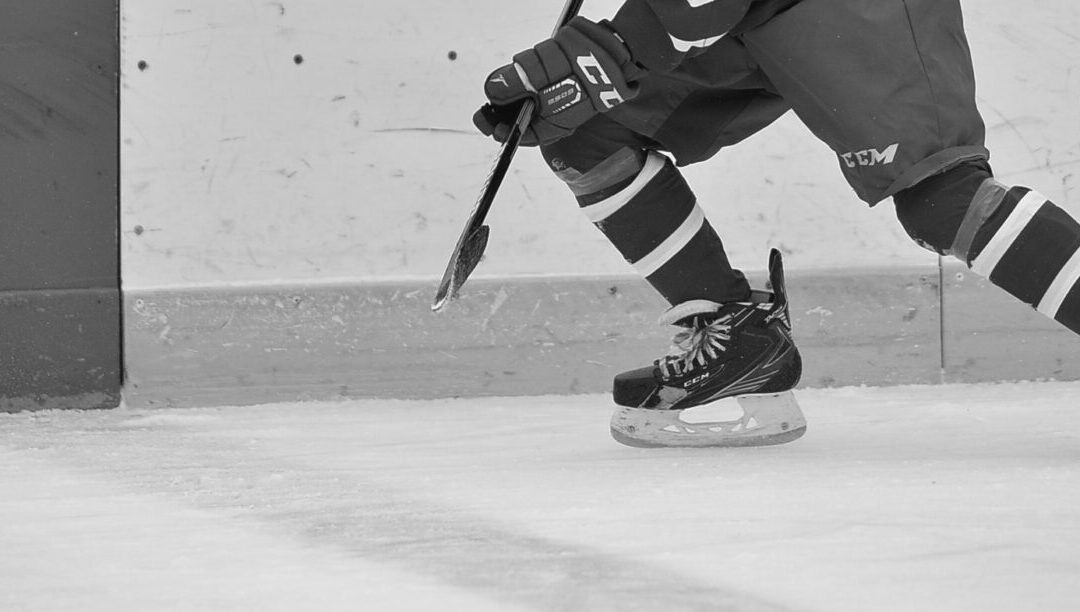One of my favorite things to do when I work with a player for the first time is find out what they’ve been taught or what they already know. I usually ask them if anyone has ever taught them anything about skating, specifically what a player has to do to get speed and power. While some players know quite a bit, and other players very little, by far the NUMBER 1 response is “get low”.
What exactly does “get low” mean? The simplest explanation is “bend your knees”, but there is actually a lot more to it than that. Players also need to bend at the hip and the ankle to attain the best alignment and posture for the production of power. Because hockey players have their feet secured in a stiff skate, their ability to flex at the ankle is severely compromised. Without the ability to flex the ankle, knee bend can be quite difficult to achieve. This is probably the biggest reason most hockey players bend at the waist/bend over or bend forward.
The correct posture for maximal power and speed generation is one where the player’s ankles, knees, and hips are flexed, with a relatively straight back. This is not a very common posture for the things humans do in everyday life. For instance, if we drop something on the floor, we usually bend our ankles, knees, hips, AND at the waist to retrieve it. To overcome this natural tendency, one of the common visual analogies hockey coaches say to young players is to sit “like sitting in a chair”. This gives the player a familiar point of reference to something they already know. Your parents were right when they told you to bend your knees and spare your back!!!!
Skating in front of the mirror on the skating treadmill is one of the best and fastest methods for learning this posture. Because the player does not have their hockey gear on, they can really SEE how much they are (or aren’t) bending their knees. And by using the reference lines that are drawn on the skating treadmill surface, the player can begin to understand how knee flexion gives them the ability to lengthen their strides. Leg strength is also increased as the players are forced to engage the quadriceps muscles in an effort to maintain the knee bend.
On the ice, players with proper knee bend also have the advantage of increased stability and balance as their center of gravity is lowered closer to the ice surface. This translates into being better at checking (both giving and receiving), staying on your feet, and being harder to “take off the puck”.
In review, learning to bend the knees while skating is crucial, and the benefits are numerous. Players who master this variation on postural alignment will possess:
-Greater SPEED and POWER
-LONGER strides
-Better BALANCE and STABILITY
-Excellent CHECKING skills
-Better PUCKHANDLING skills
Suffice to say that knee bend is the most important foundational aspect of skating correctly, and playing the game of ice hockey well. Always make time to practice the technical side of your skating!!!!

Recent Comments